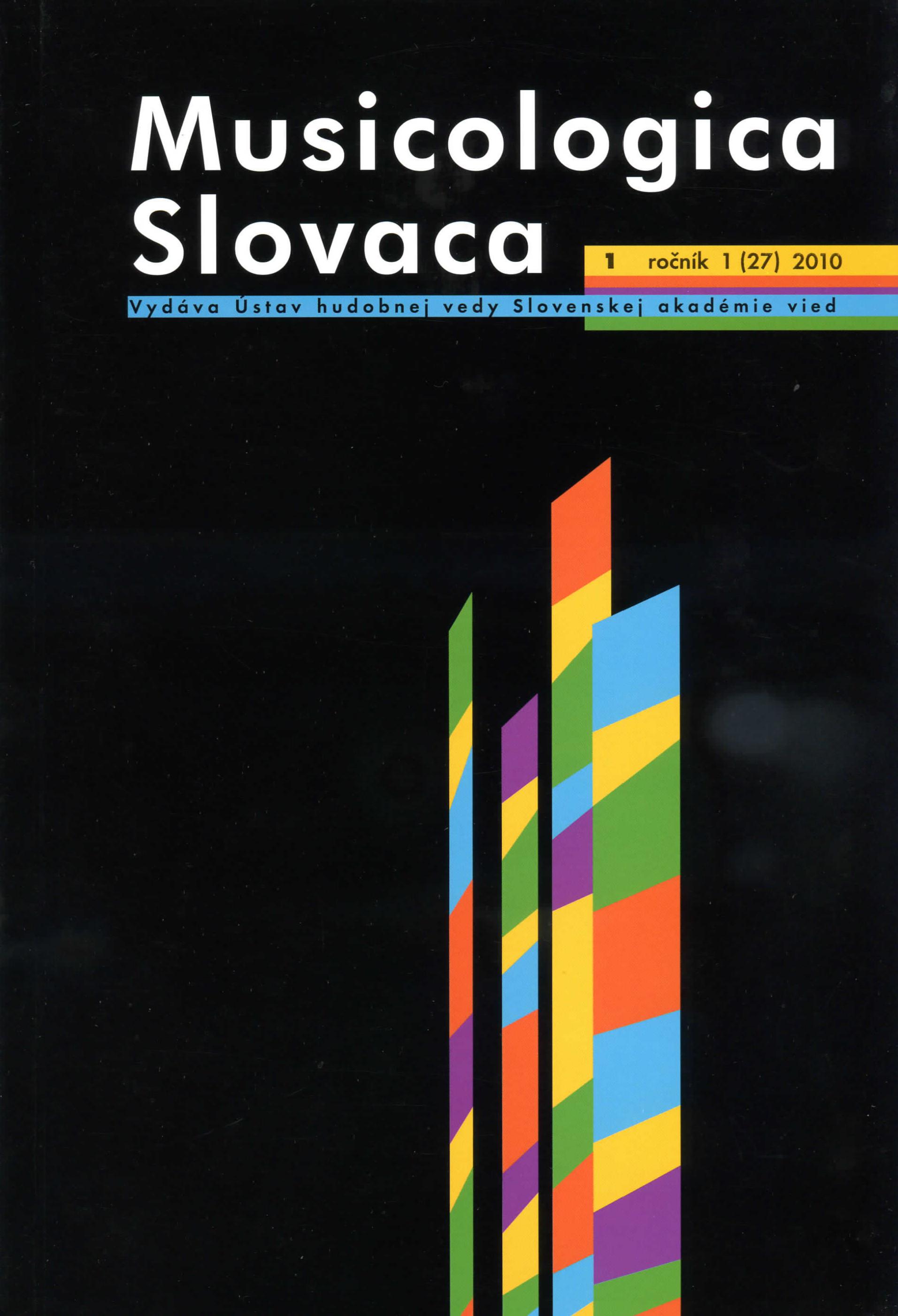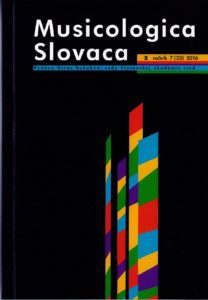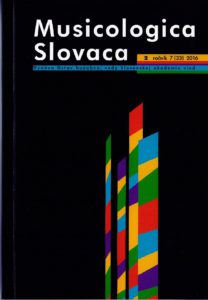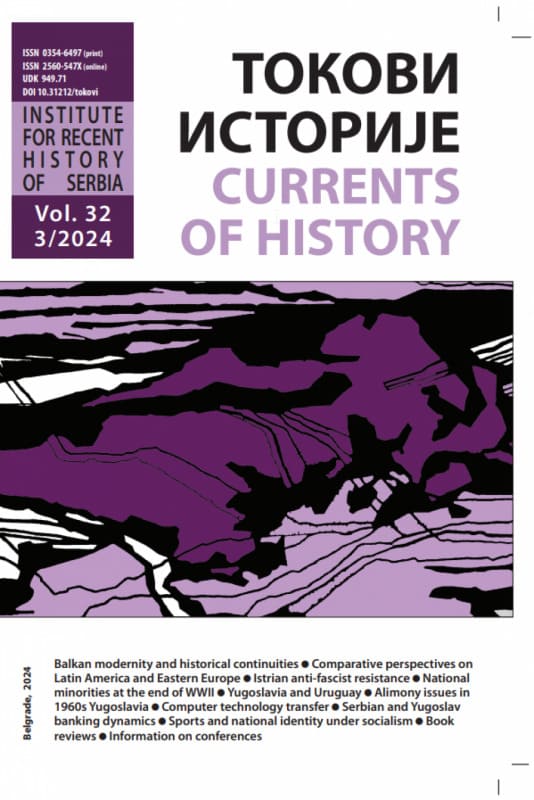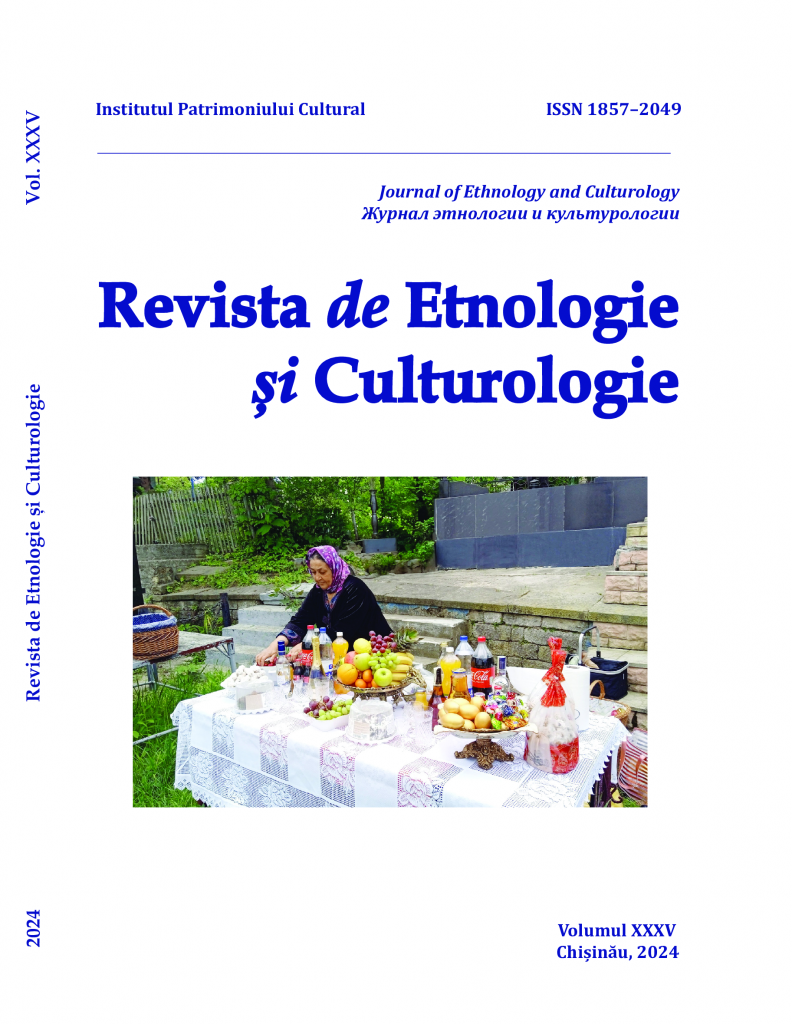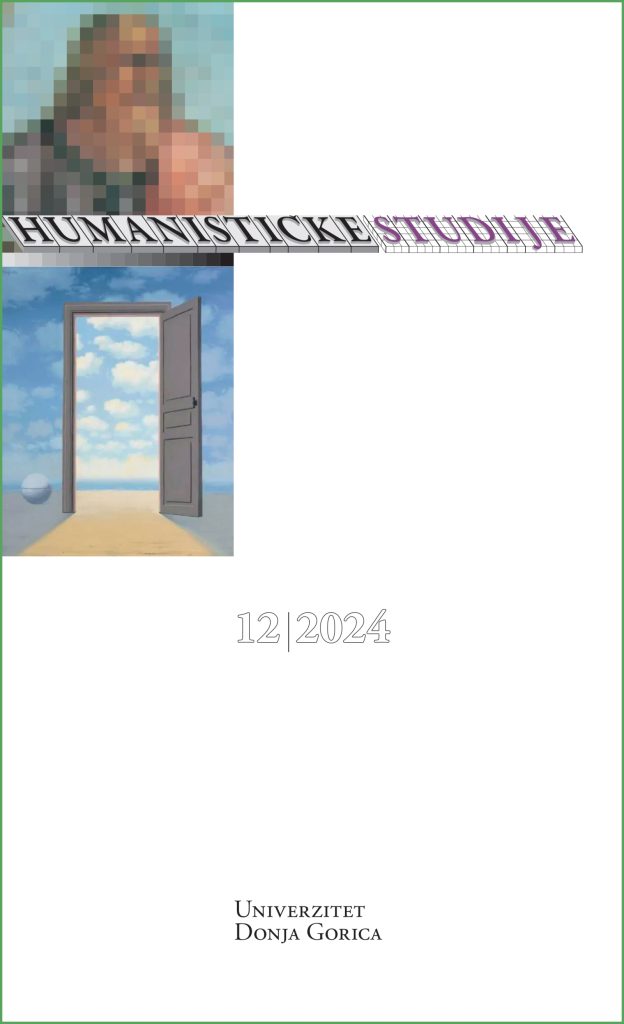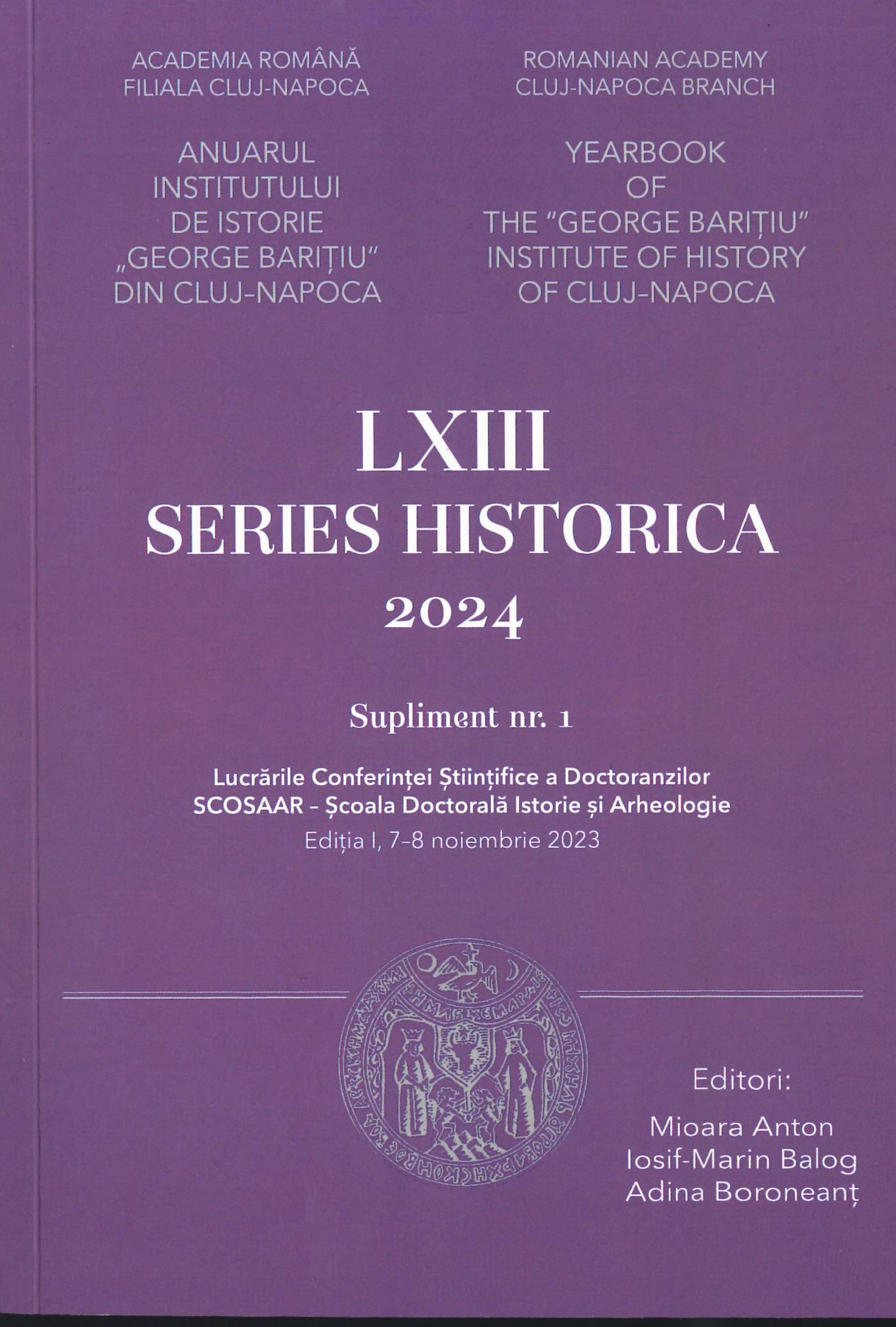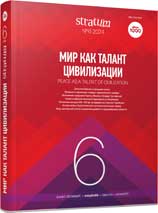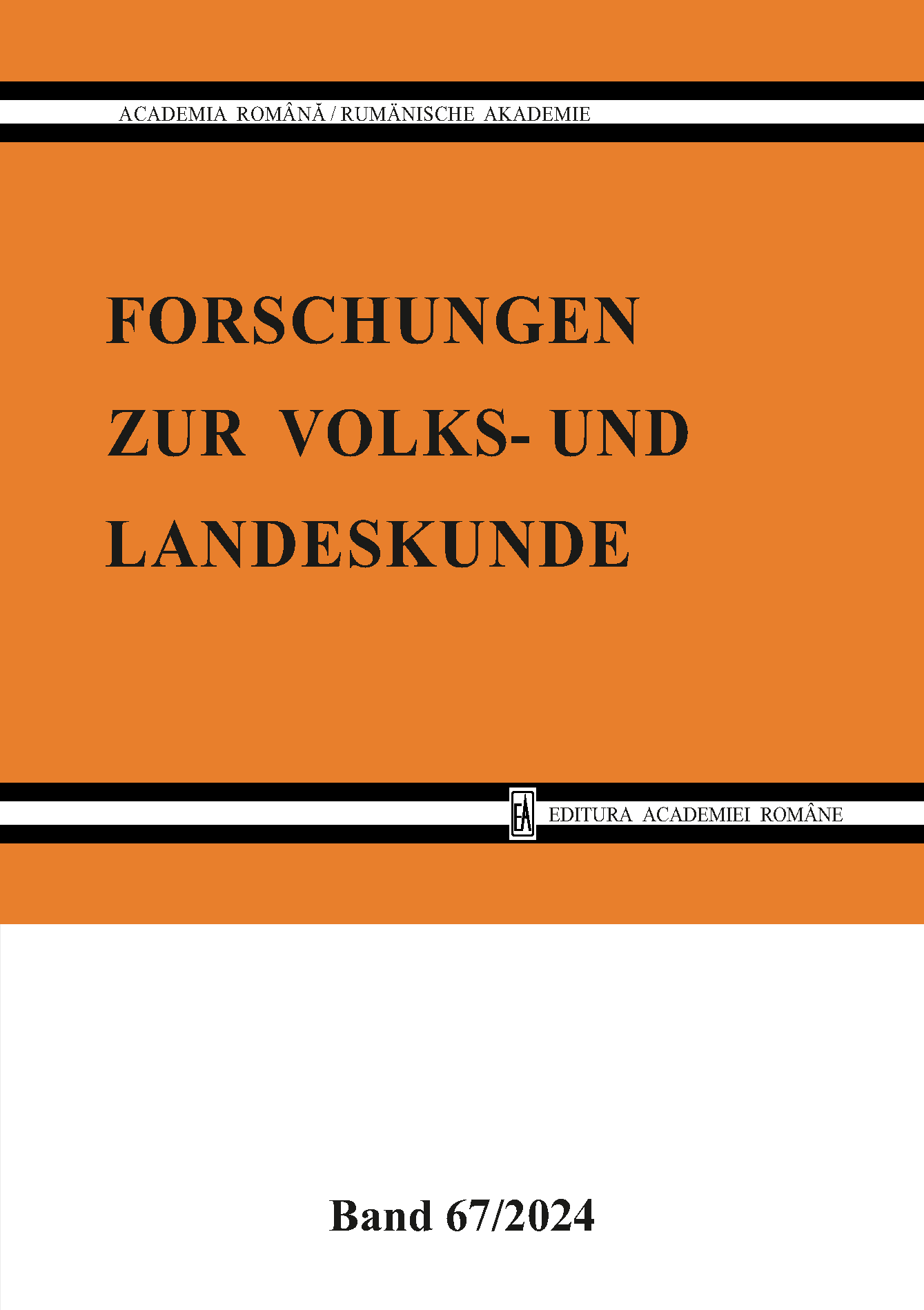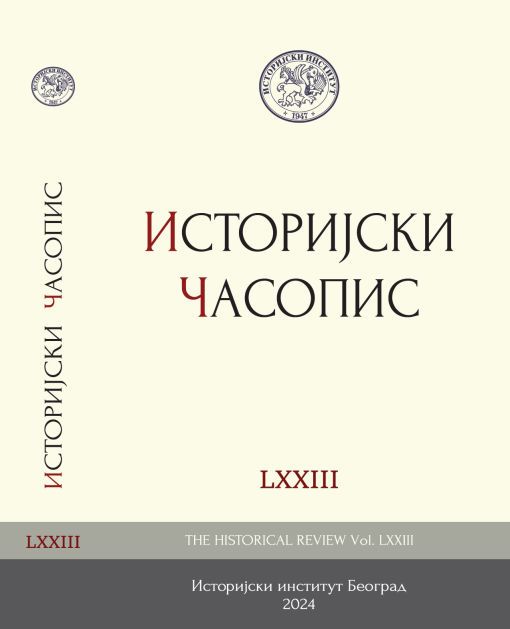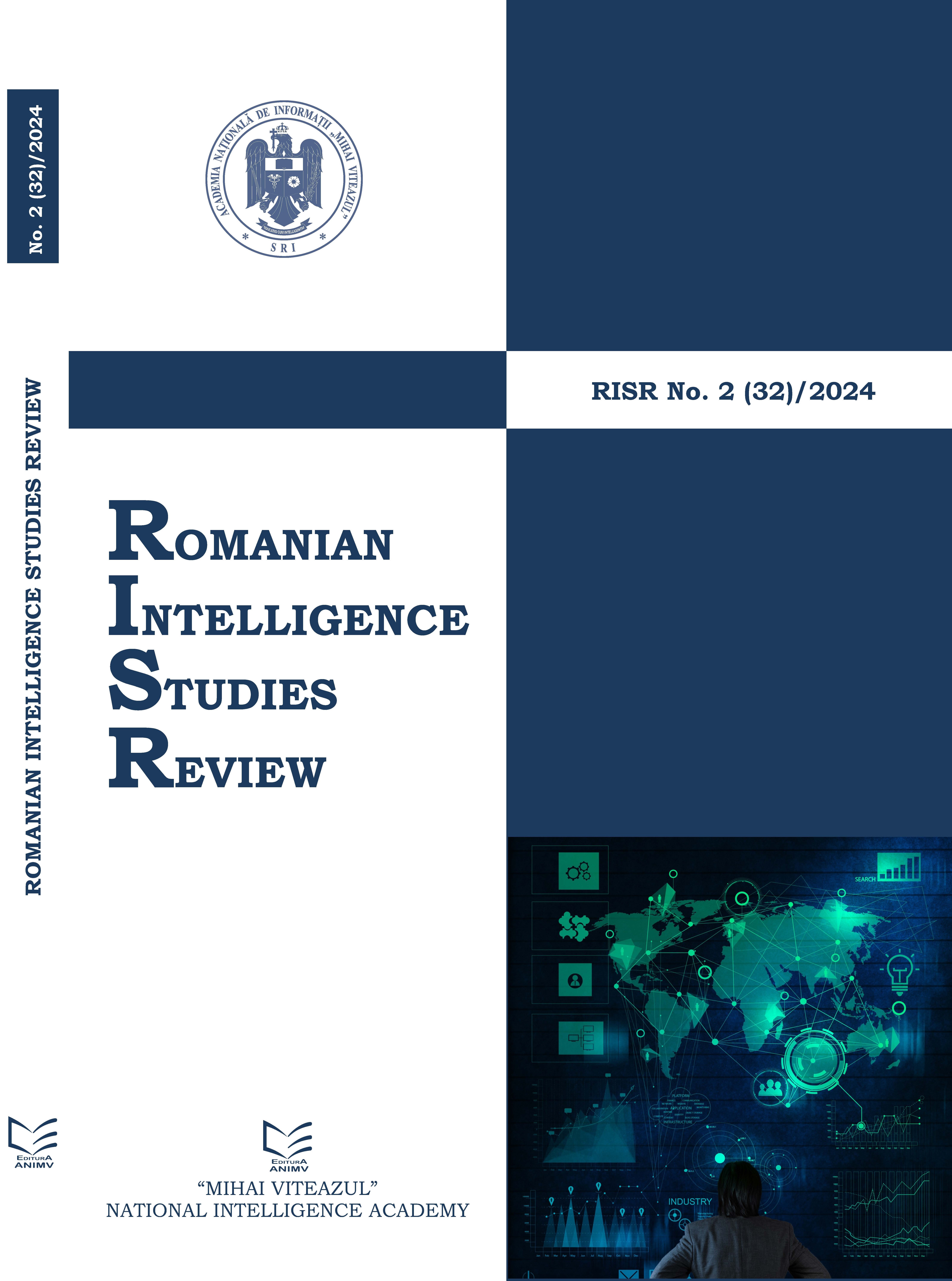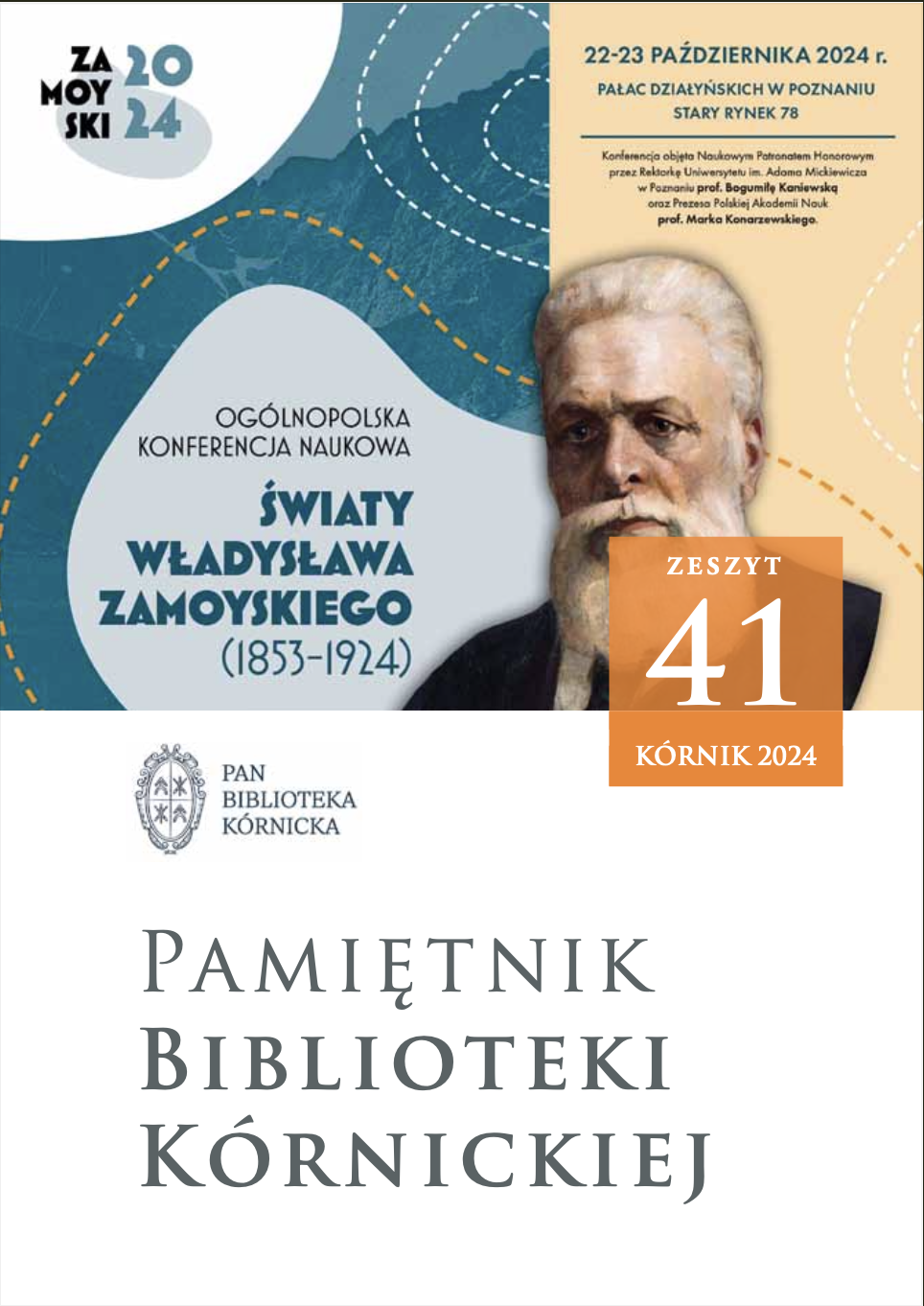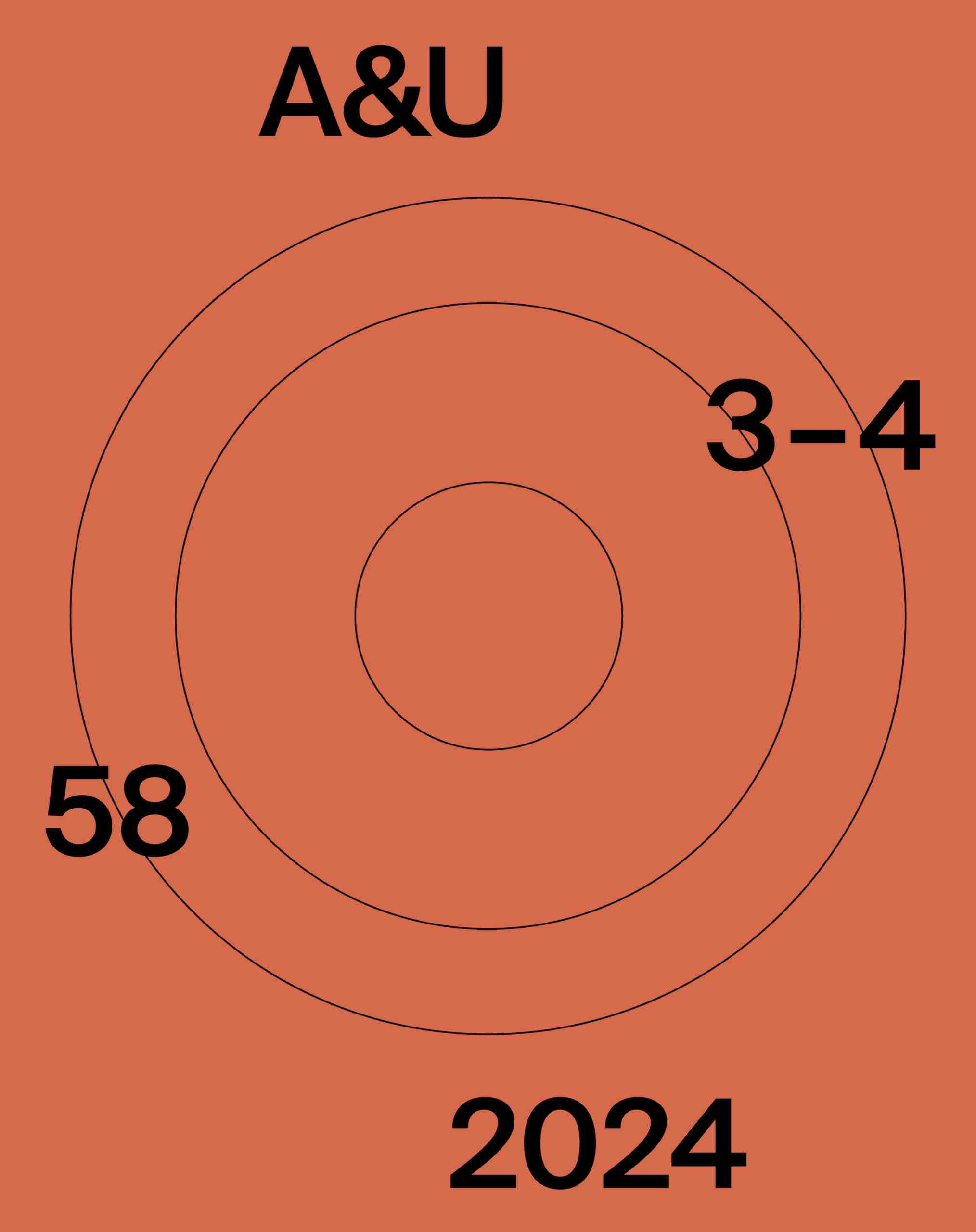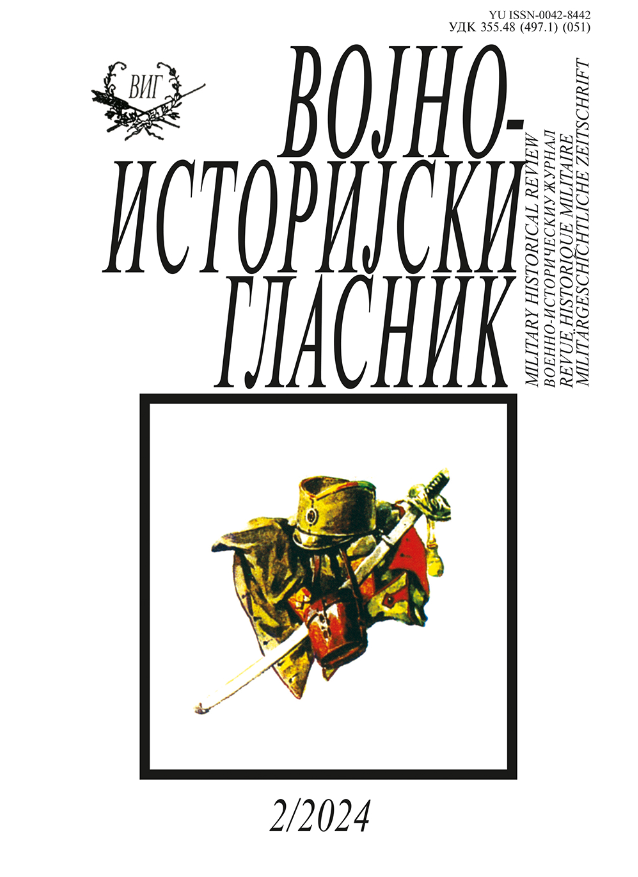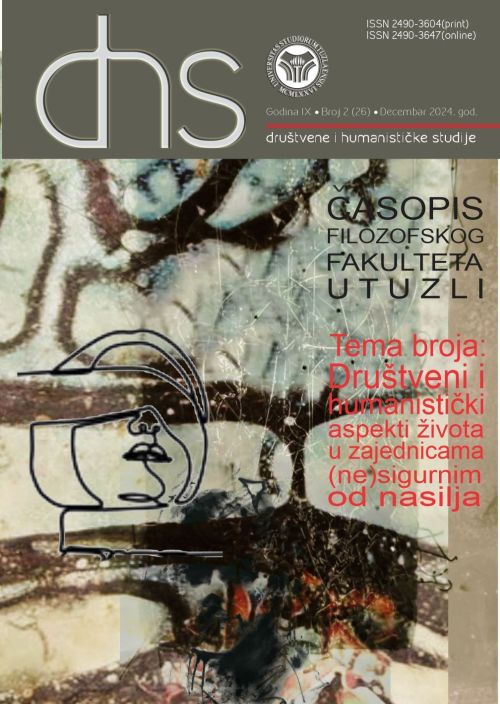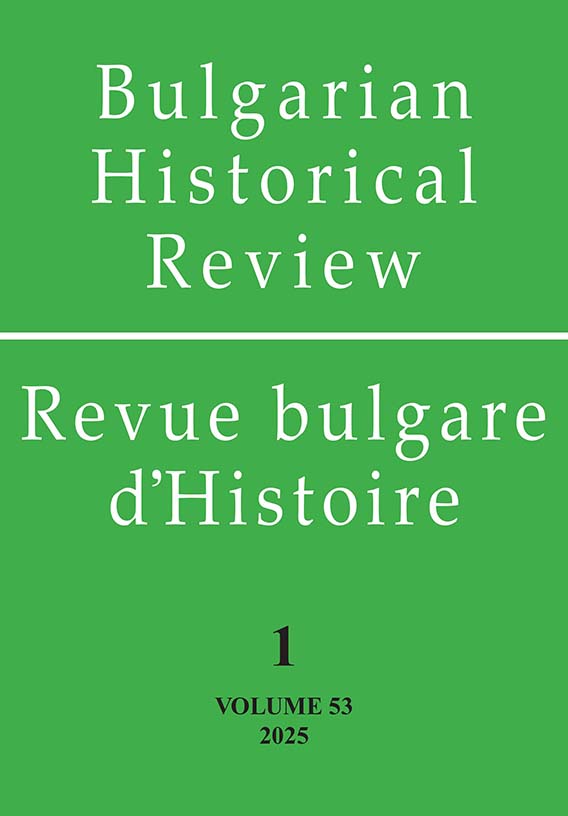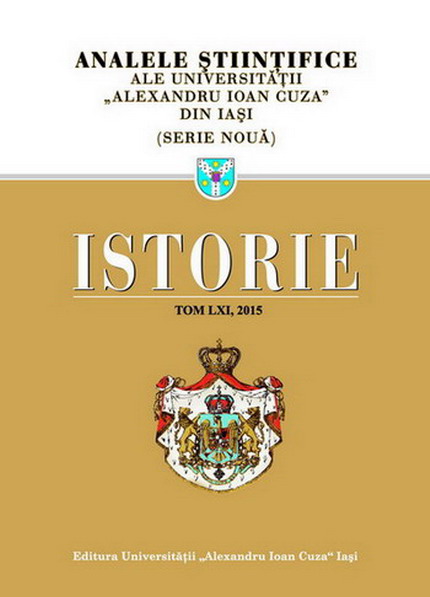
O perspectivă comparativă asupra cercetării elitelor politice din secolele XIX-XX în Ungaria şi România
The paper offers a comparative overview on the evolution of research on 19th and 20th century political elites in Hungary and Romania (excluding the post-communist elites, which already enjoy special overviews for each country). It aims at explaining the particularities of each historiographical milieu in relation with this field of study, but also at building a stepping stone for future collaboration and improvement of knowledge. A glimpse back at the last decades highlights a lack of balance between the two countries. Its origins lay mostly in the differences in ideological pressure during the communist regime, which allowed in Hungary a more in-depth and better organized research on the subject, starting in late 1970s, while in Romania one can only speak about the study of political elites after 1990. Another important factor, with heavy impact at the methodological level, was the preference for different Western paradigms: while the Hungarian research was mainly influenced by the German approaches, the Romanian one kept close, until nowadays, to the French historical writing. Furthermore, the involvement of sociologists and political scientists in the study of the pre-communism period remains by far larger in Hungary than in Romania, resulting in seemingly better methodologically foundations of the modern age political elites research. While the last decade have shown a strong revival of historical political elites studies in Romania, areas of great interest and paramount importance (e.g. the prosopographical research on the Parliament of the Kingdom of Romania) still await to be researched.
More...
